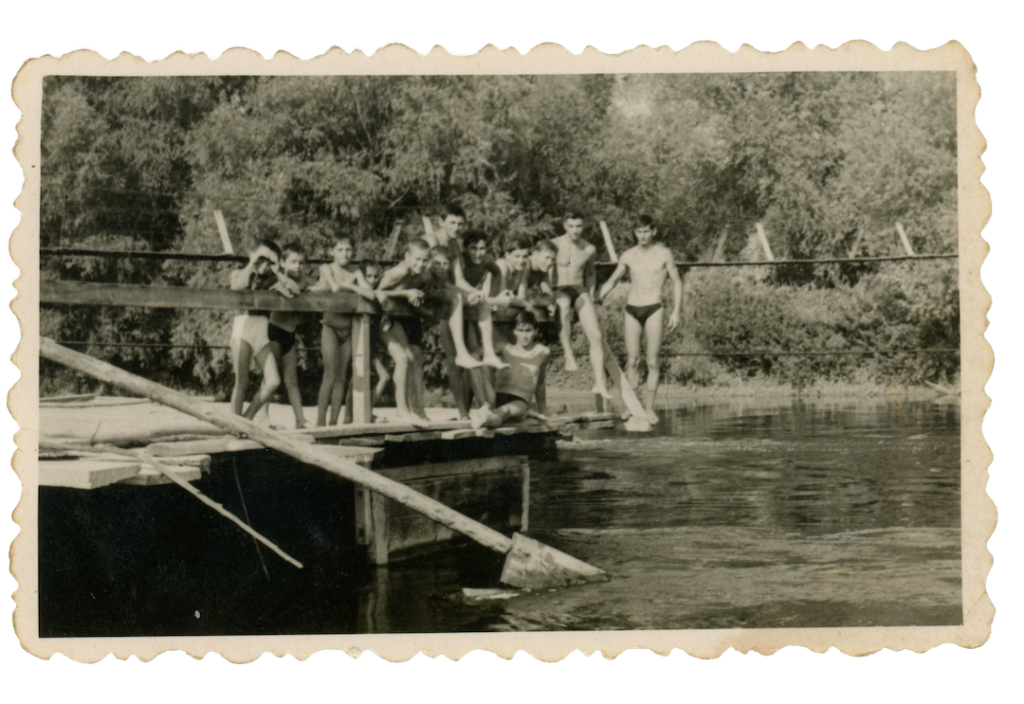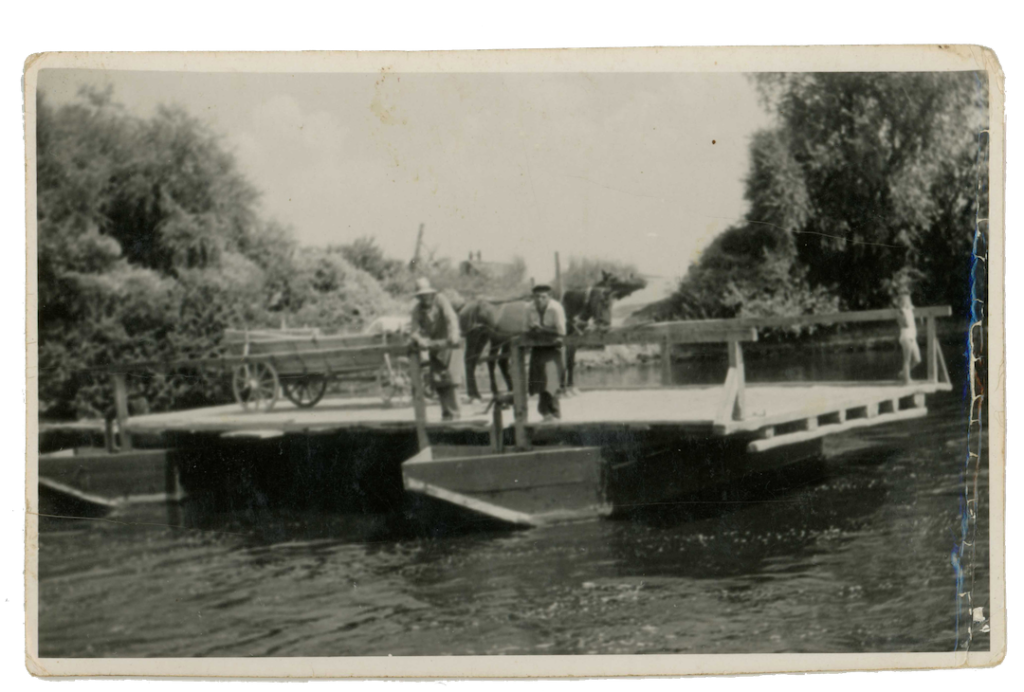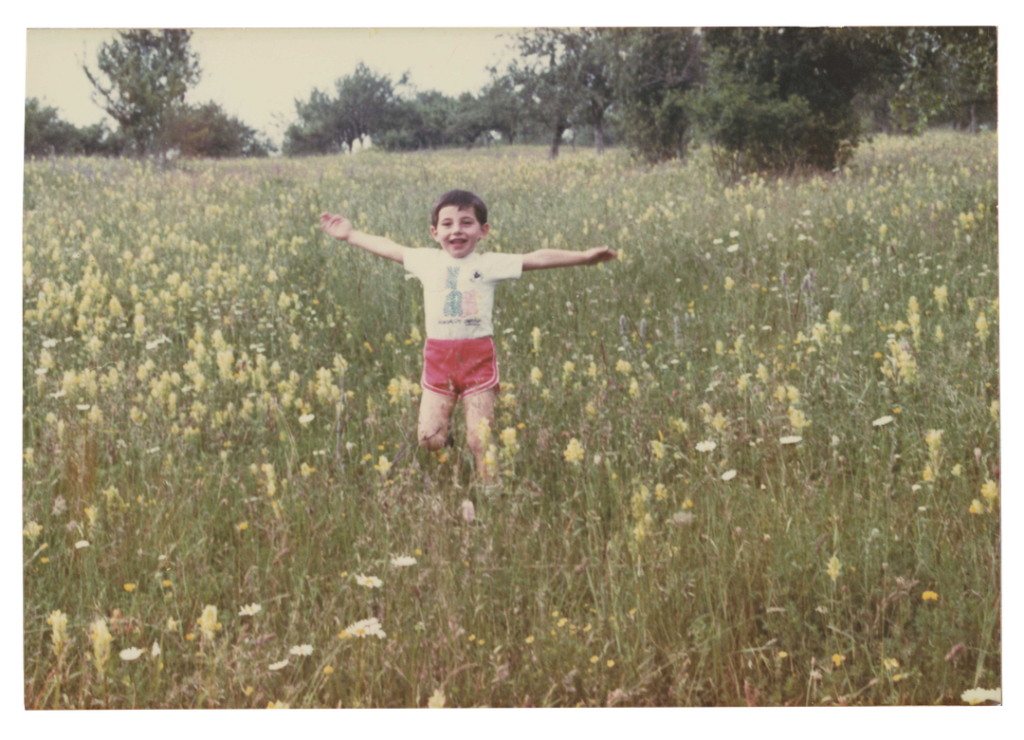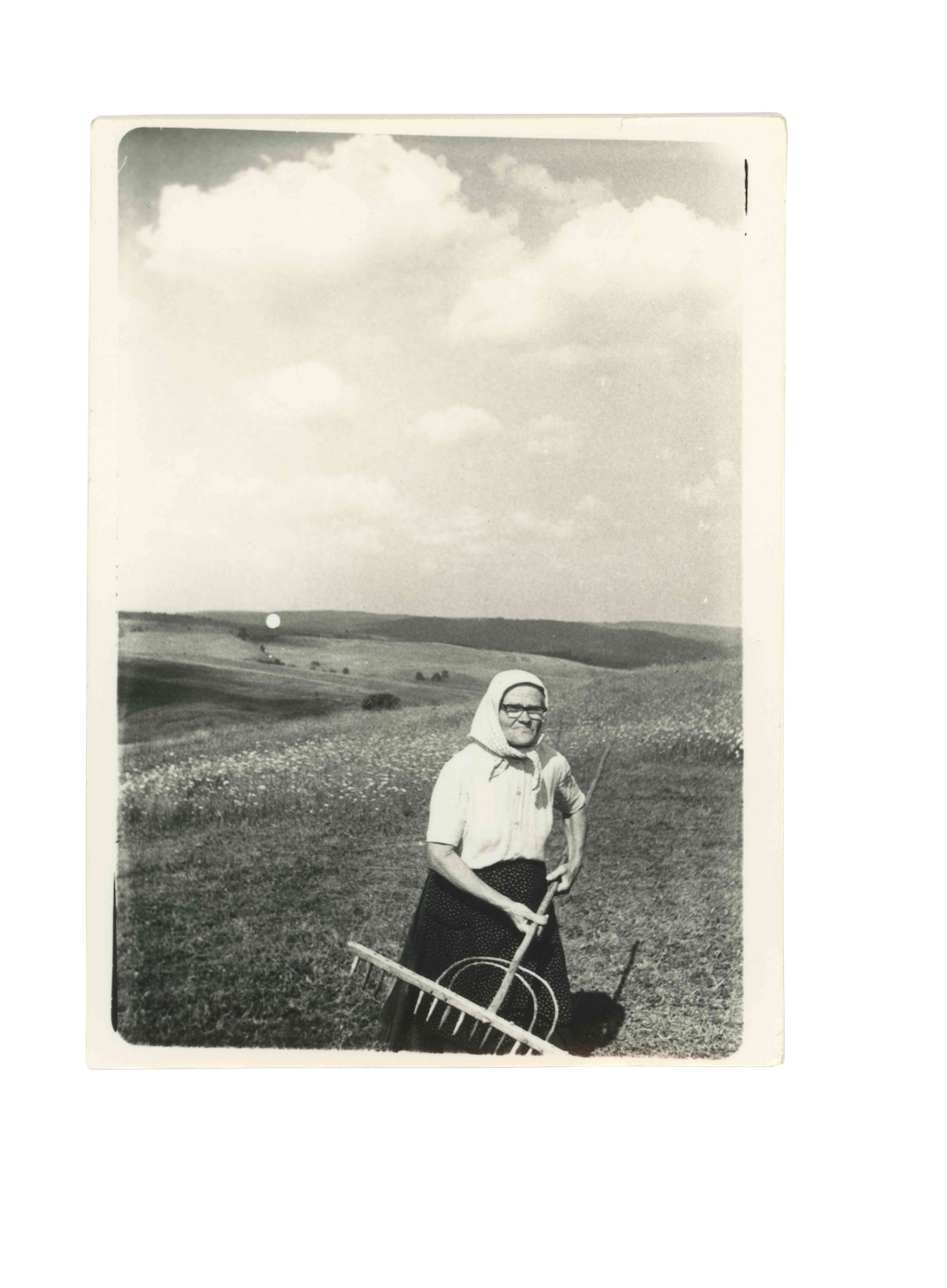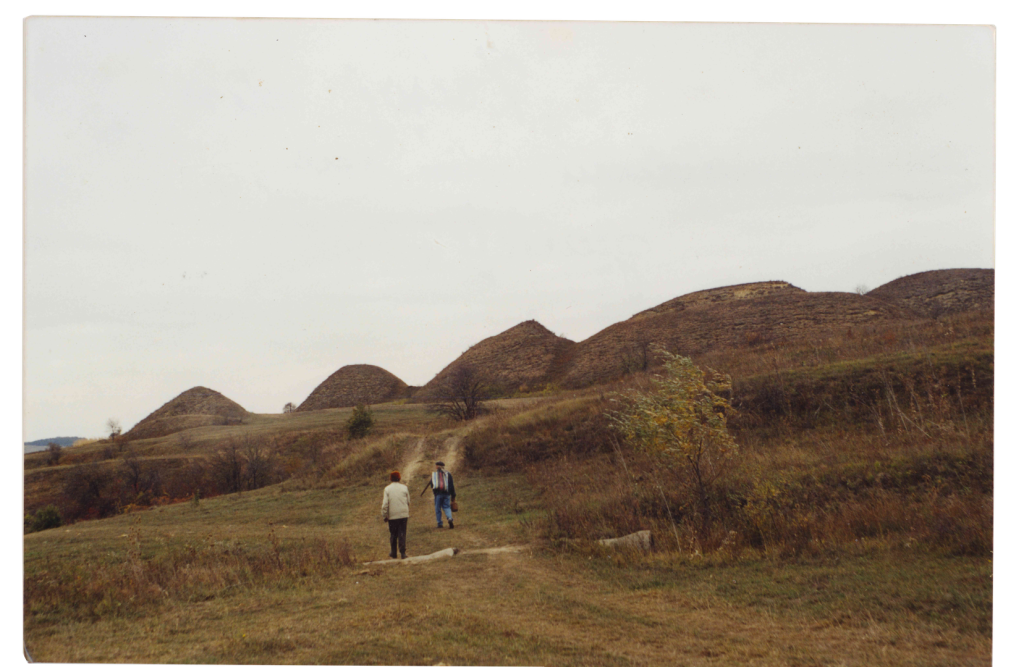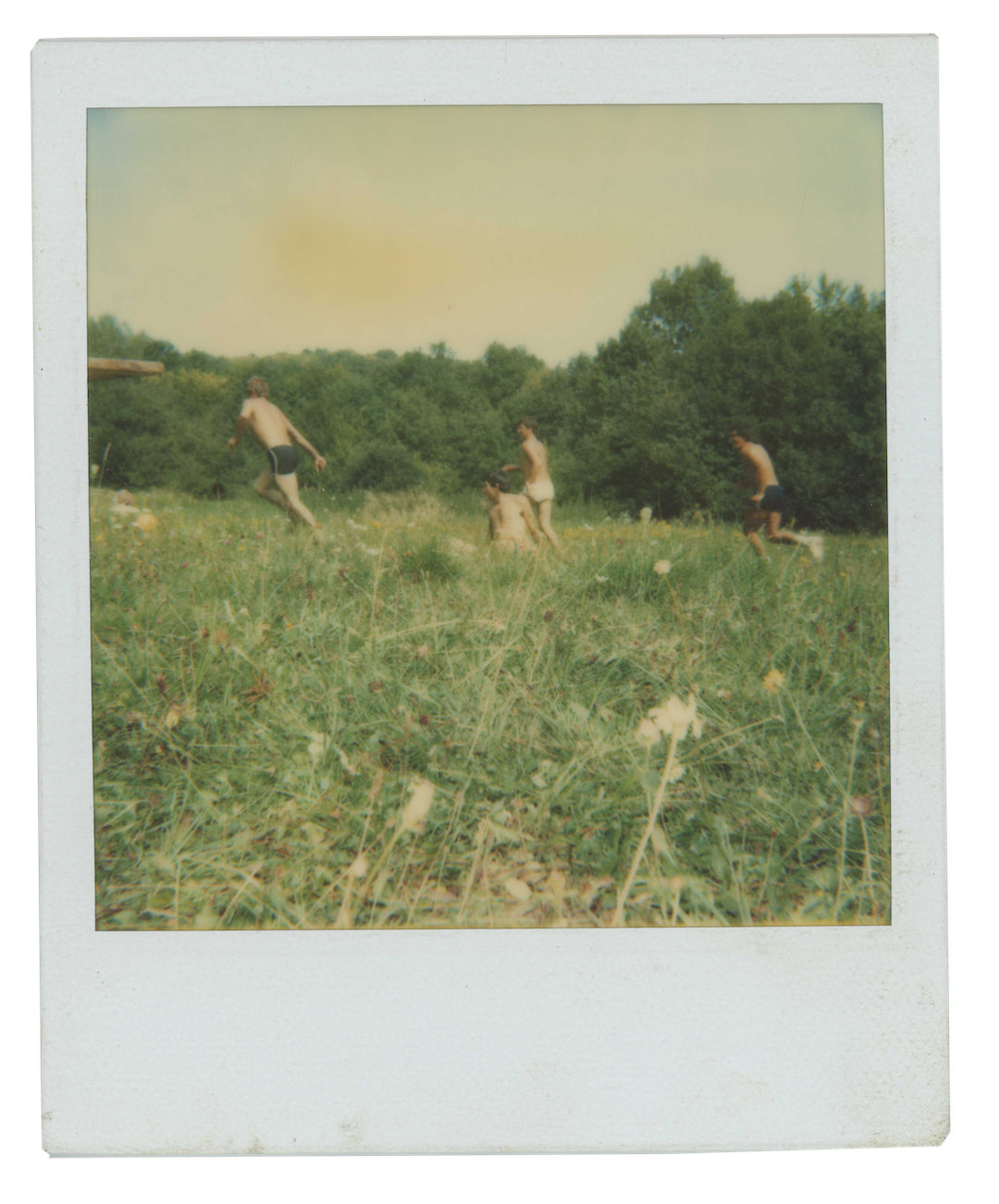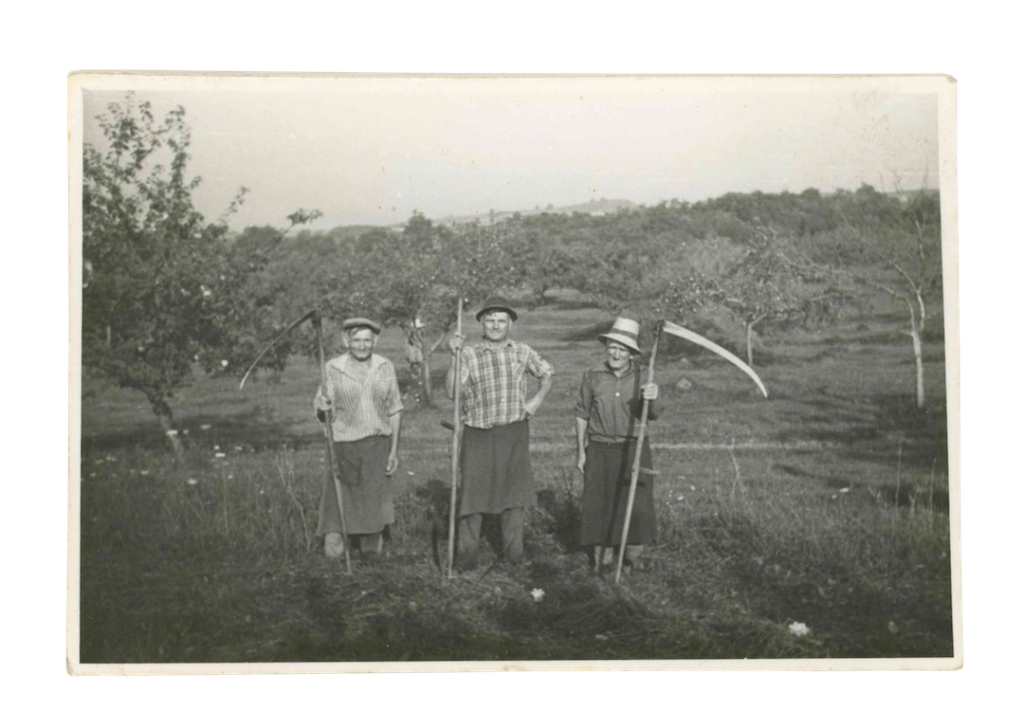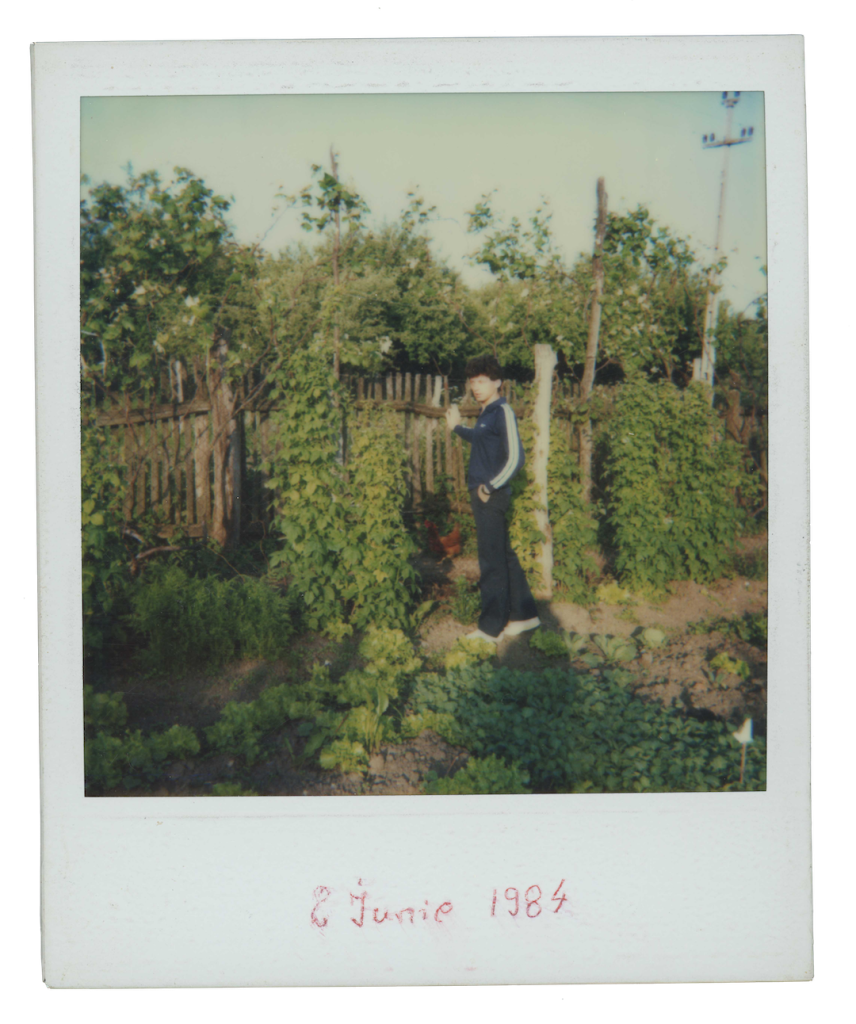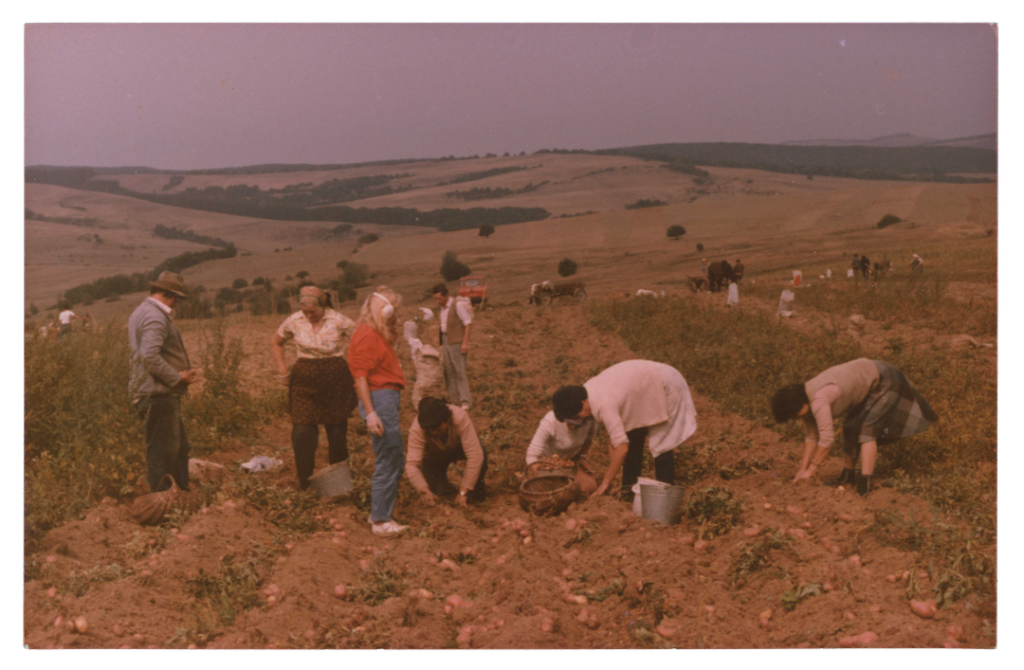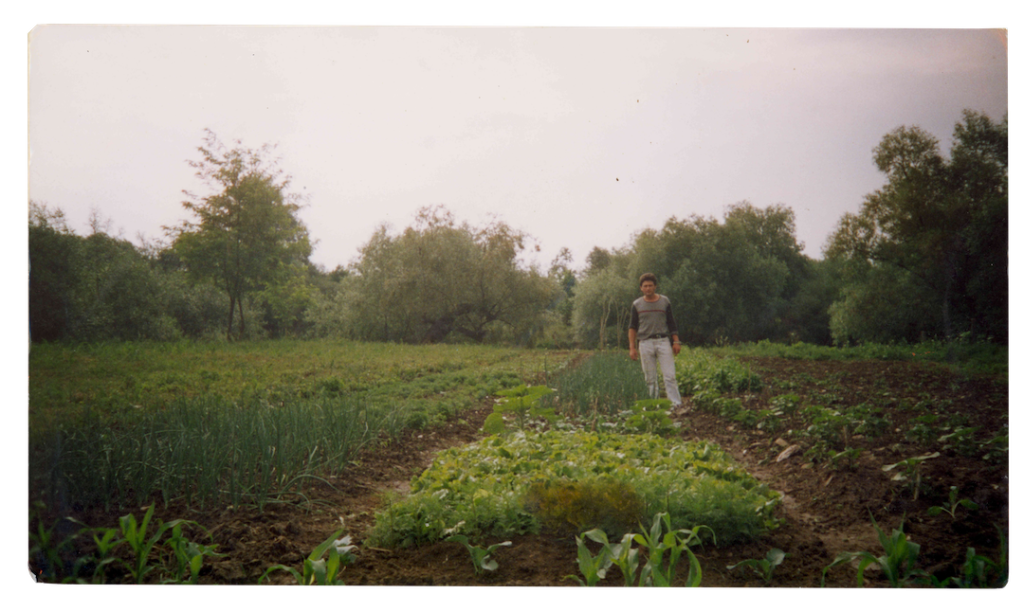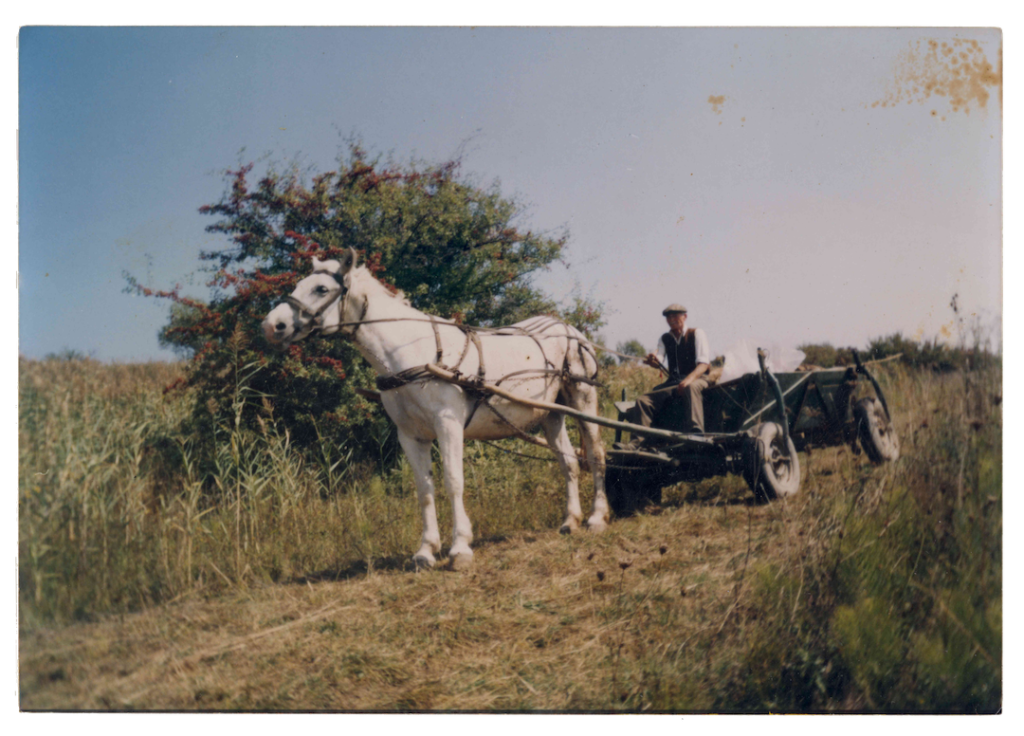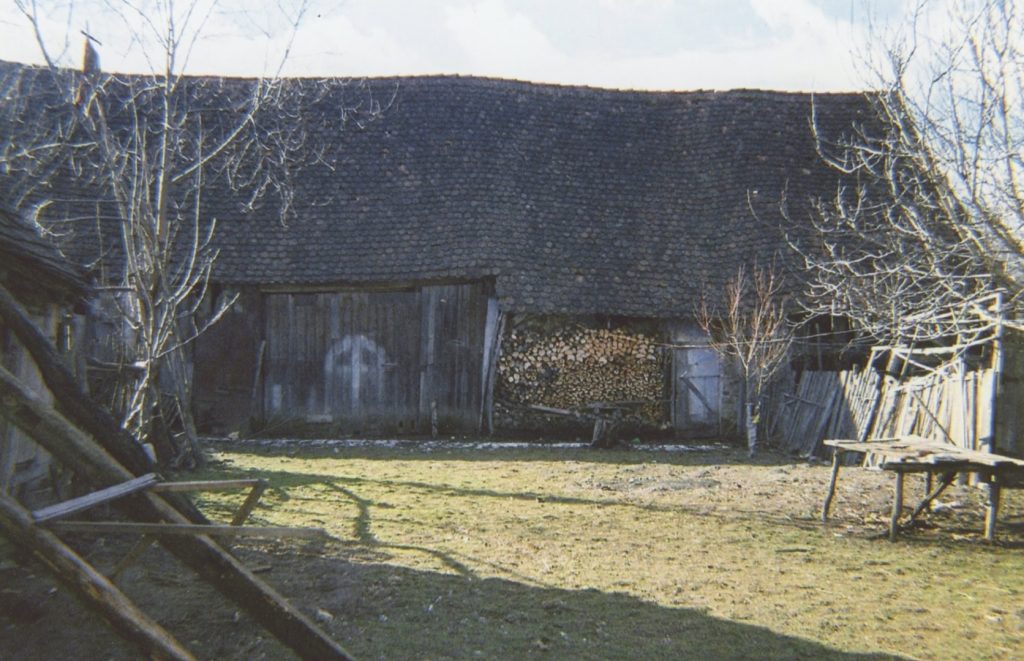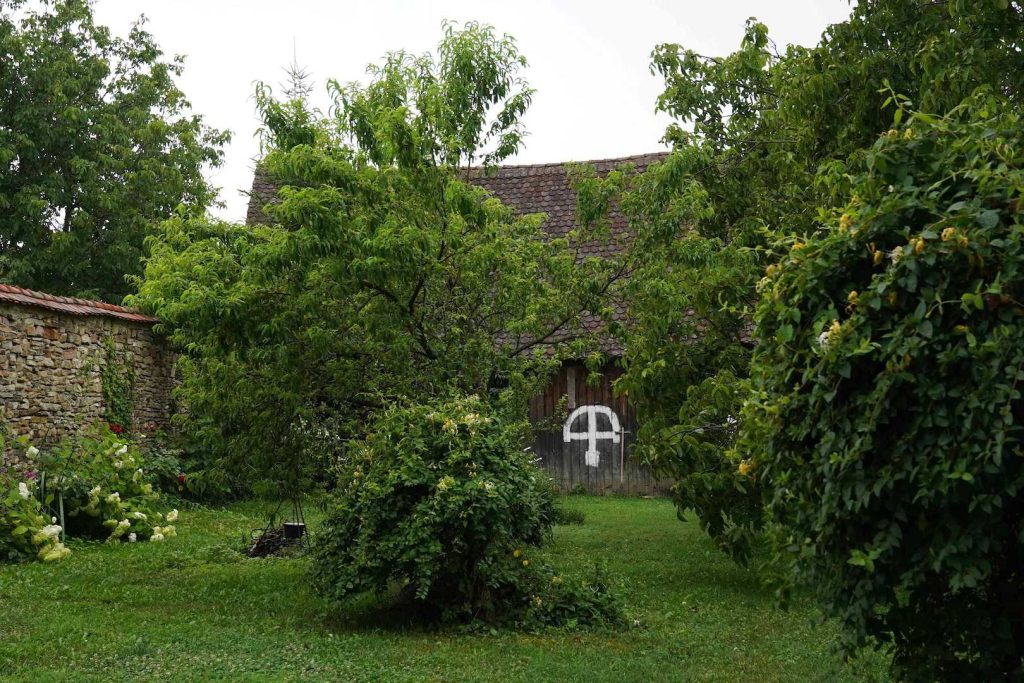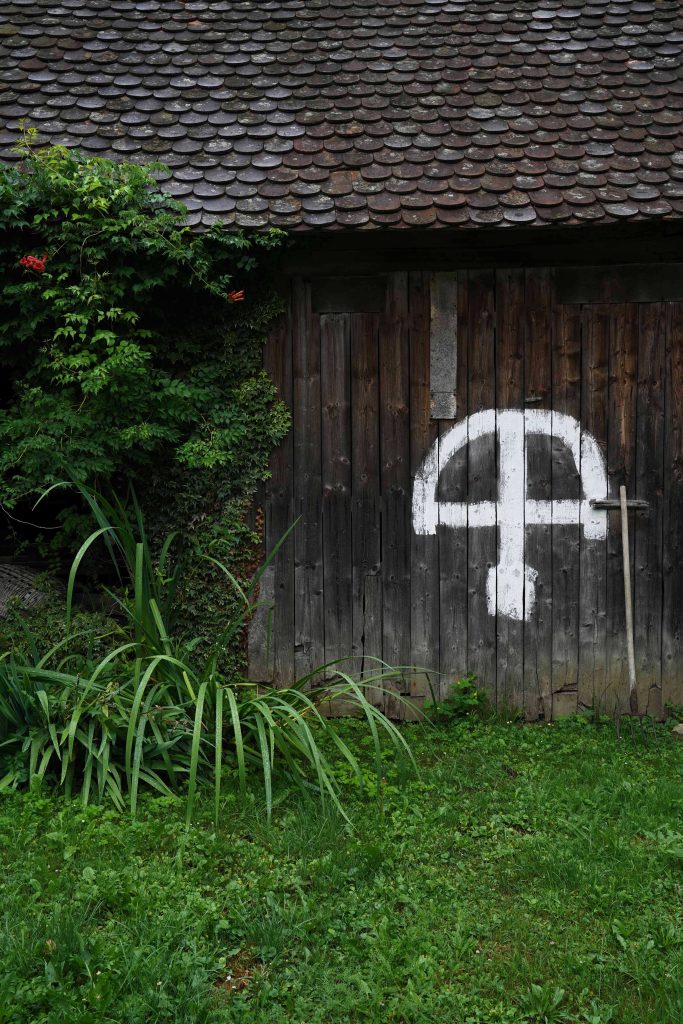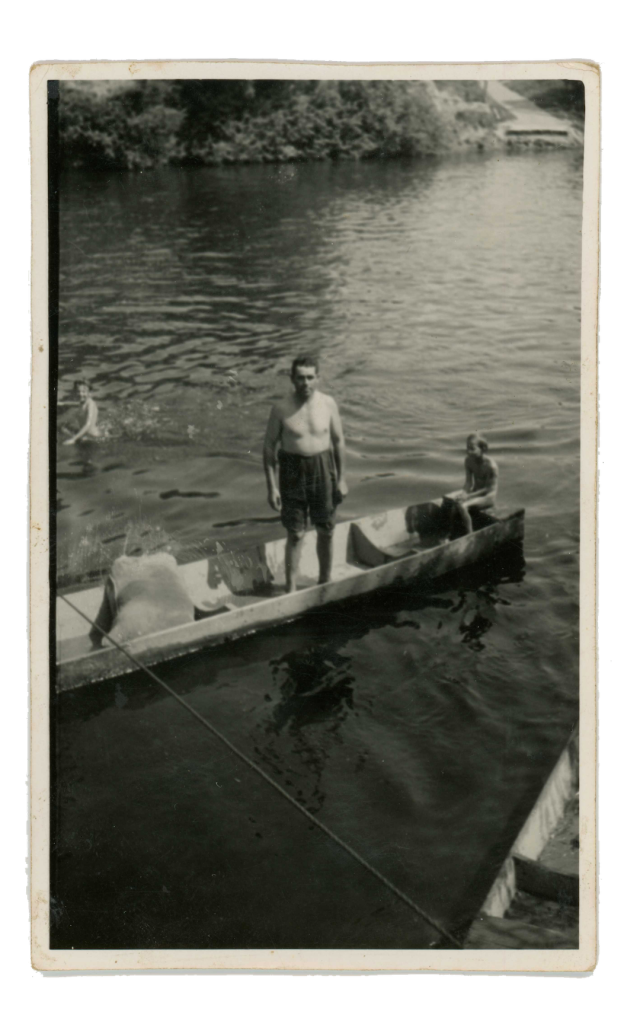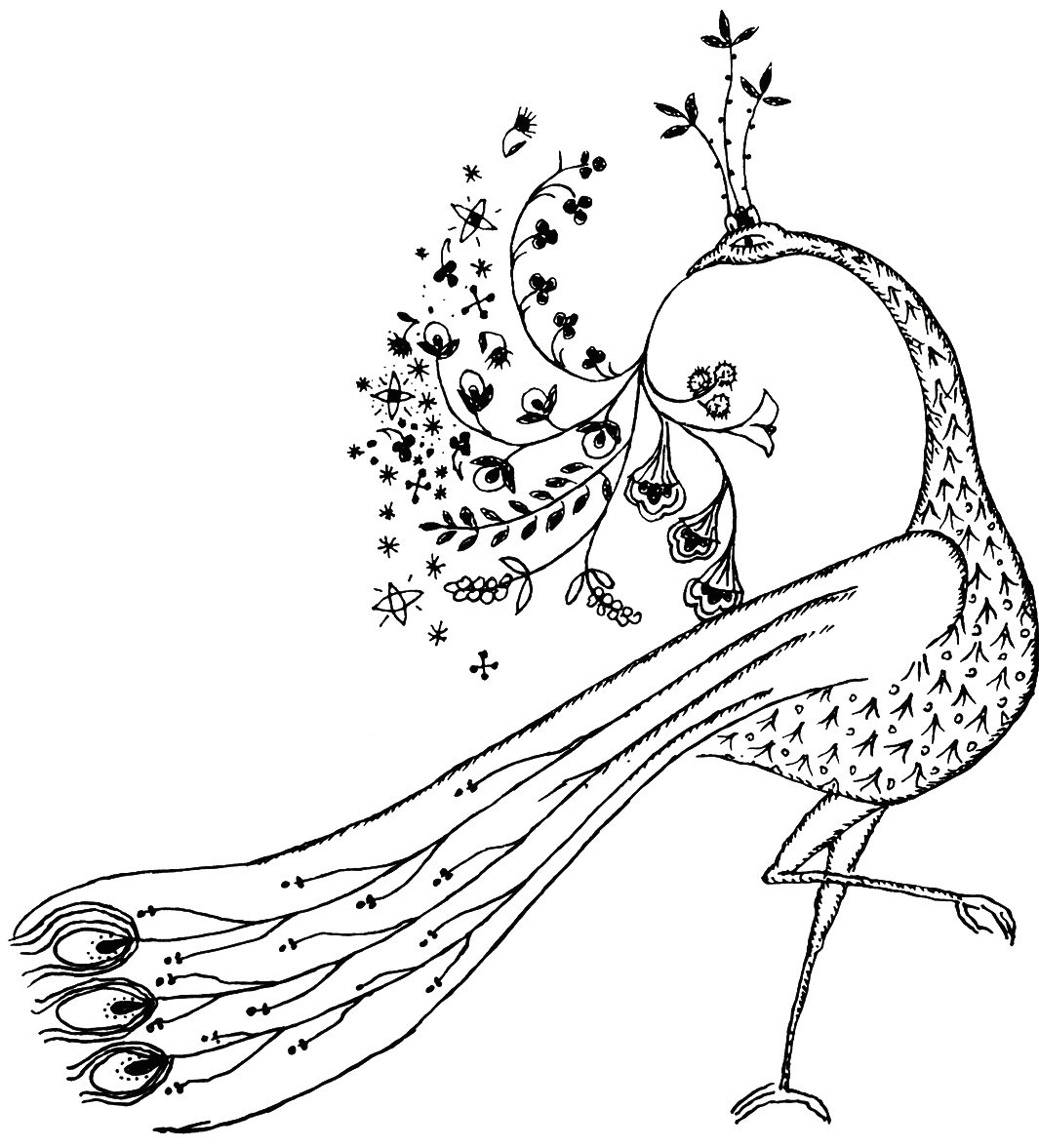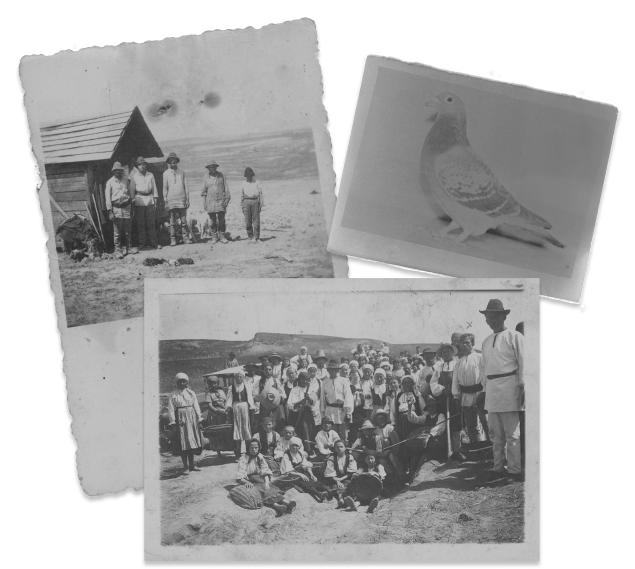Here are two lines, but not as simple straight lines in a matrix, but shapes full of content. As simple the form, as rich the content. Numerous are the meanings, innumerable are the colors through which mountains and waters pass from minute to minute. From its first lines, the matrix pulsates. It calls us to feel the richness of emotions and the abundance of flowers between its two defining lines: the fluid base and the serrated horizon. We are called, you and I and all the others, to fill the border with all that is needed: with elements of life, with painted essences, with our inner universes, with breathing and feeling. With our own buzz. Between the right hand of mathematics and the ineffable poetry, the whole content of the world seems to be contained.
You can feel it when you look at the old oak tree that links the two idea lines. It is beautiful and masterly and built according to strictly defined rules, rules that can direct an infinity of different growths, all poetic. Richness that nourishes the retina of being.
You can feel it when you sense the moving fluid contours in the Olt river. Outlines like gems, symbols that have nourished mankind. Fish on the tables of the people of Şona, fish that fed the bodies. Fish that became a sign in this community of houses.
You feel it when the wild grasses meet in the breeze and fill the air with their undulating dance, this restful trill of leaves. When the surrounding greenery has shades that can no longer be counted; everywhere: leaves that glow brighter or softer, leaves of a different green on the front and back, overlapping leaves through which light passes with a different delicacy. You can feel the flowers all around without looking at them, feel them flowing in the sea of air; some are picked and dried on newspapers and attics, on tables, in trails and bouquets, they are brought to life with water and turn tea into nectar.
Nippled land pyramids. What a sweet term, as if only for its sweetness you would never leave the landscape. Pyramidal mounds trace unexpected shapes in the poetic matrix. The line that goes up and down, connecting the ends of the "bottom line" and piercing the center of the "top line". Minor form that seems in the drawing described to hold on its top the infinitely heavy horizon of the mountain range as in a balance. How many such departures from the law of physics does the image support? Beyond the simple hierarchies of the seen world hide unsuspected, reverse hierarchies. The humility that reigns over the whole expanse. Small forms that contain and encompass the whole. The mound has a dialogue with the human scale. It gives rise to a "workable" tension. The little ones are for the poetic image "arable land". Worlds can be cultivated on them. And we truly know that they are worlds unto themselves. It is an objective fact that they contain living diversities of a density that exceeds the average.
The nippled land mounds are basically pyramids. Between the two parallels, the pyramid is born, the most stable of bodies. I completed this imagined visual field, conventionally called a poetic matrix, with three lines. And yet what a movement is born on their occasion.
Pillars. Or columns of poetic matrix. Oaks of course. Old trees. Countless in southern Transylvania. As dense as nowhere else. As old as the Saxons in these parts, up to 800 years old. It is almost unimaginable to us that living organisms can survive so many centuries and all the conditions with which they have been adorned. If we try to see the world through their eyes, it's as if the matrix takes on a third dimension. The forms that occupy the space, the field, the canvas, are given depth. The depth of time that completes the richness of space. Lines between heaven and earth, but also links between dozens of generations. So similar in essence and so different in manifestation. The trees of the meadows, solitary, ample, have indeed been preserved in this way by the Saxons, through a wise choice of territorial organization: tillable fields and oases of shade. This simple reading is also full of poetry: the human-field-tree relationship would have been enough for a complete picture, but the lyricism of the encounter extends far beyond their triad.
Between the two lines, top and bottom, we draw another horizontal line - the field. A vertical - the tree. A dot - the man. And then hundreds of colored dots - flora and fauna. The traditional way of land shaping is life-sustaining.
On April 27th, 2012, in Bucharest, in Galeria Posibilă, Tibor Hartel described the effects of this wise use of nature. The vertical of the landscape is both a source of wood (of course if it is harvested carefully), it is shelter for small birds otherwise hunted by predators in the open, it is a source of food for domestic and wild pigs. A tree, a network of trees, temporary puddles. The measured use of nature produces the greatest wealth. The greatest exploitation comes from measured exploitation. We learn from the same place: "Thanks to these old trees, a pasture can have more species of animals than the forest itself". Countless colorful dots invade the matrix. Traditional farming, organic farming, call it what you like, but understand it as a form of harmony, allowing man and wild nature to coexist and prosper.
The same conference tells us that such a territory contains within it a seed bank that can always revive pasture in place of crops if agricultural activity were to stop. Soil is latency. Complete dormancy, living soil.
The Poetic Matrix invites you to take note of the depth of what you have been looking at. From today you can no longer look at the land as a mere spot of color. You can no longer look at the tree as a mere tree. They all contain deep meaning, countless functions, black potencies. Wherever you look, in images or in territory, you discover profound paintings. Images with dozens and hundreds of layers, of which we have revealed only a small part, as much as we could probe with the short stick of our own mind.
Let me resume our journey. Top line and bottom line. The pyramid. The pillars. The colored dots and the lines between them. At dusk let me add one last element: the plus, the cross, the trope. The simple, archetypal shape that links horizontal and vertical. The sign of faith and, paradoxically, of victory. A sign that belongs to both the interstices and the foreground. Perhaps the least interpretable and most stable of signs. With this sign, the matrix is complete.
A good and well-chosen thought, dear human, to you and to all the things you subdue!
